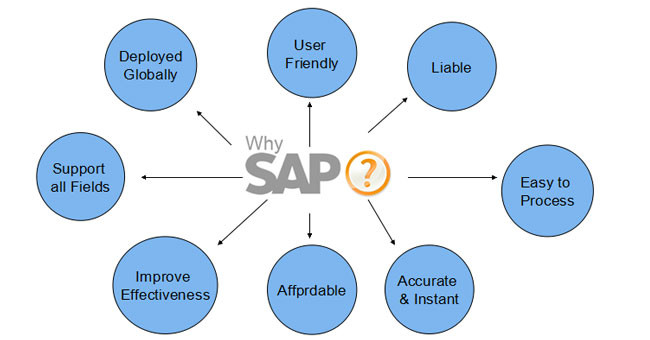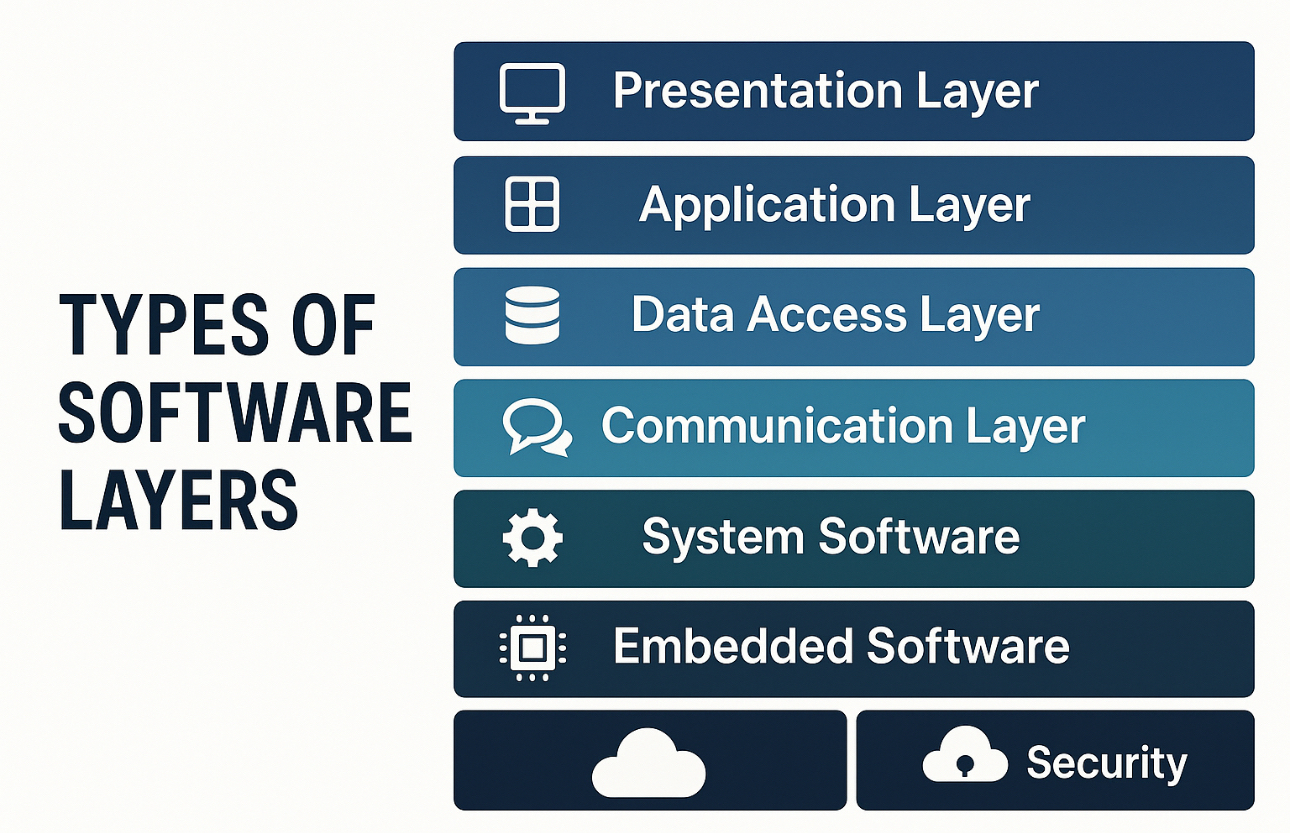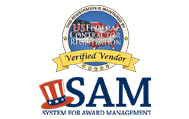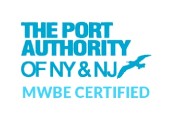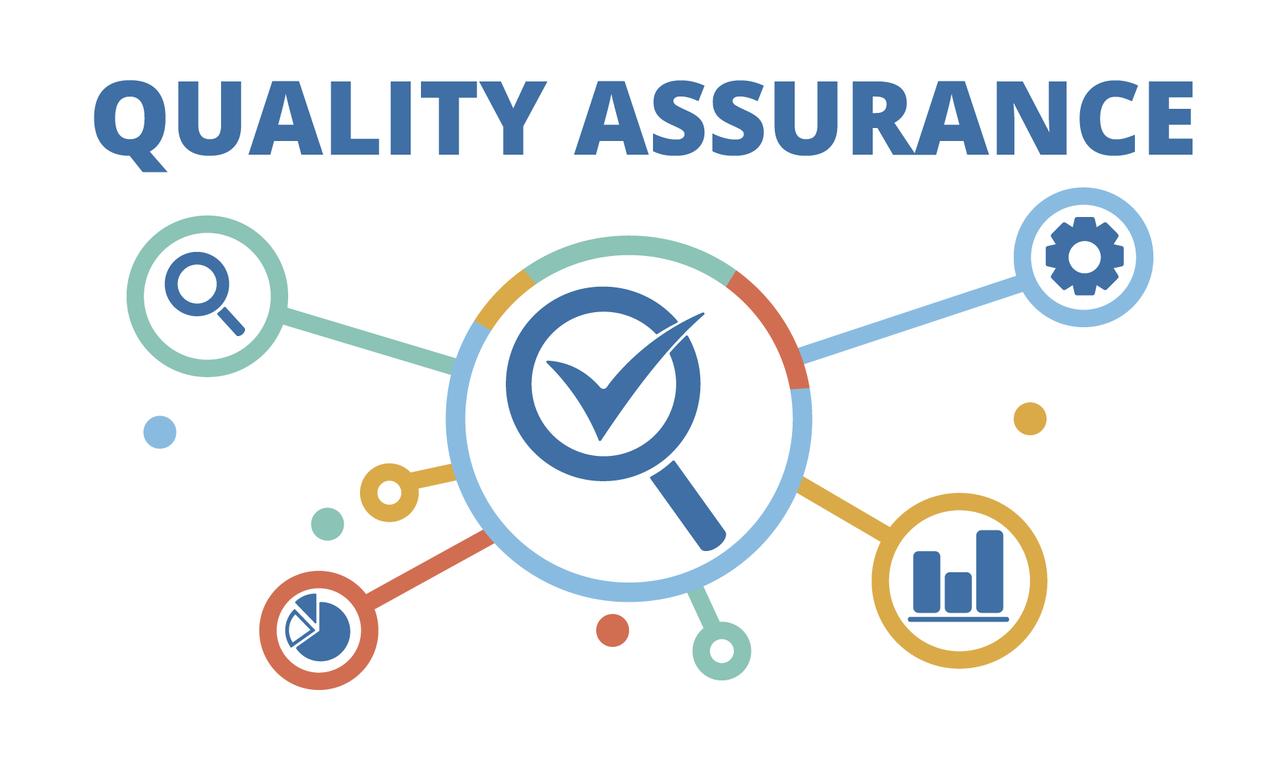
In the fast-paced world of software development, Quality Assurance (QA) is often seen as a back-office function—an afterthought in the whirlwind of design, development, and deployment. But in reality, QA is far from secondary. It’s the vital bridge that connects an organization’s vision to a flawless user experience. Without QA, the foundation of any product, no matter how innovative, is built on shaky ground.
QA: The Pillar of Trust and Excellence
Think about the last time you used an app that was buggy or unreliable. Frustrating, right? Now, imagine that scenario for your customers. In an era where competition is fierce, product quality is no longer a luxury—it’s a necessity. A single bug can cost not only customer trust but also brand credibility.
Today’s QA professionals do far more than just “test” applications—they are the guardians of user experience. They ensure that every line of code aligns with business objectives, security standards, and most importantly, user needs. Their role has shifted from merely finding flaws to becoming active collaborators in shaping how software behaves and performs under all conditions.
The Invisible Thread That Holds Everything Together
When QA is done right, it works like an invisible thread, seamlessly connecting various stages of the development lifecycle. It ensures that:
- User expectations are met every single time the product is used.
- The software runs smoothly across all devices and environments, regardless of the complexity.
- Security vulnerabilities are spotted and addressed long before they can cause damage.
- The code is efficient and sustainable, reducing future technical debt and maintenance costs.
QA professionals also play an instrumental role in the business strategy by providing insights into potential product improvements and market shifts through real-time testing feedback. Their deep knowledge of both the product and its users positions them as strategic partners to business leaders.
The Cost of QA Absence: Not Just Bugs, But Lost Opportunities
Imagine releasing a product that doesn’t just disappoint users but alienates them. Bugs may seem like small inconveniences, but in reality, they can cause significant reputational damage. Companies that overlook QA risk:
- Decreased customer loyalty: Users have endless options. If your product doesn’t work, they’ll find a competitor whose software delivers a seamless experience.
- Revenue loss: A glitch-filled app or website will lead to lost sales, returns, or abandoned subscriptions.
- Security breaches: Bugs can be more than inconvenient—they can create vulnerabilities that expose sensitive data to malicious actors.
- Brand erosion: In today’s connected world, one poor experience can spread like wildfire across social media, causing irreparable harm to an organization’s reputation.
Without QA, organizations risk more than just releasing a flawed product—they risk their market position, brand value, and future innovation.
The Evolving Role of QA in a Changing Landscape
The future of QA is dynamic and ever-changing. With the rise of AI, machine learning, and automation, the role of QA is evolving faster than ever. Automated testing tools have become powerful allies in improving efficiency, but the human touch remains irreplaceable. QA professionals are adapting by leveraging cutting-edge technologies to work smarter, not harder, while still bringing their expertise in understanding real-world usage scenarios.
Moreover, the shift to Agile methodologies and DevOps practices means QA is now integrated into every phase of development, from the very beginning. Rather than being a final checkpoint, QA is embedded in the design, development, and deployment process, ensuring quality is not an afterthought but a continuous focus.
A Call to Action: Embracing QA as a Strategic Asset
As the digital world becomes more interconnected, the stakes for delivering high-quality, bug-free products have never been higher. QA is not just a cost center; it’s a strategic asset that ensures long-term success. Companies that invest in QA are not only safeguarding their products—they are setting the foundation for customer loyalty, brand integrity, and sustained innovation.
So, the next time you think about software development, remember: QA is not a side task; it’s the backbone of a product that strives for perfection. It’s the unsung architect that ensures quality isn’t just a promise but a reality that your customers can trust.
Conclusion
The presence of QA is far more than just a technical requirement—it’s a commitment to excellence. Without it, organizations expose themselves to potential failure and missed opportunities. The role of QA professionals is evolving rapidly, but their importance remains unwavering. QA is no longer a passive activity but a key differentiator in the modern digital world. Embrace it, empower your teams, and let it guide your products toward success.
Post a comment Cancel reply
Related Posts
Empowering Business Analysts: How AI is Revolutionizing Agile Practices
In today's fast-paced digital landscape, Agile methodologies are no longer optional— they're essential for organizations…
What is SAP? How does it work?
The full form of "SAP" is “Systems Applications and Products in Data Processing” which is…
Optimizing React Performance: An Advanced Guide for Scalable Applications
In today’s fast-paced digital ecosystem, software systems have become the backbone of every enterprise’s technological…
Types of Software Layers
In today’s fast-paced digital ecosystem, software systems have become the backbone of every enterprise’s technological…


